Today’s announcement that Saab has filed for bankruptcy could be the final nail in the coffin for the Swedish car maker, which has been active for more than 70 years.
Although Saab’s recent history has been dogged with financial problems, the company has an illustrious history of automotive innovation. Here’s a potted history.
1937
Svenska Aeroplan Aktiebolaget is founded to manufacture military aircraft in the industrial town of Trollhättan.
1945
Saab diversifies into cars. During the next two years, prototypes 92.001 (known as the Ursaab) and 92.002 commence testing.
1949
Production of the 92 starts. It is powered by a 764cc, twin cylinder, two-stroke engine, driving the front wheels.
1955
Saab 93 replaces the 92. It has a 748cc three-cylinder engine, developing 33bhp, and new frontal styling and suspension.
1959
Saab’s first station wagon, the Saab 95, is launched. The engine is enlarged to 841cc and features a fold-down, rear-facing third row of seats, making it a seven-seater.
1960
The Saab 96 saloon is unveiled. Saab Great Britain Ltd is established.
1966
Saab's first four-stroke engine, a Ford-built V4, is introduced in the Saab 96 and 95. The old two-stroke engine is taken out of production when the V4 becomes a success.
1967
The Saab 99 saloon is premiered in Stockholm. It is the first all-new model since the Saab 92-96. Power is provided by a 1.7-litre four-cylinder engine developed for Saab by Ricardo and built by Triumph in England.
1968
Saab merges with truck company Scania.
1974
The Saab 99 range of two and four-door saloons is expanded with the launch of a three-door hatchback, marketed as ‘Combi Coupé’, which lives on in various guises until 2002.
1976
The one-millionth Saab car comes off the line at Trollhättan. A five-door 99 appears and Saab creates a sensation by revealing an innovative turbocharged engine will be installed in the 99 in 1977.
1978
The Saab 900, an evolution of the 99, goes on sale. Production of the Saab 95 ceases. Saab concludes a collaboration agreement with Fiat/Lancia. The two firms co-develop the Type Four chassis, which produces the Alfa Romeo 164, Fiat Croma, Saab 9000 and Lancia Thema.
1980
Production of the 96 ends, marking the conclusion of the 92/93/95/96 family, after 30 years on the market and a total production run of 730,607 units.
1984
The Saab 9000 five-door luxury car is revealed. It is only the third all-new model to come from Saab. Annual Saab production exceeds 100,000 cars for the first time.
1985
Saab presents its first concept car, the EV-1. Fully roadworthy, the EV-1 is based on a 900 chassis with the 16-valve turbo engine tuned for 285bhp.
1986
The Saab 900 Convertible goes on sale. The following year, total Saab production passes the two million mark.
1990
General Motors buys a 50 per cent stake in Saab-Scania, leading to the formation of a new company called Saab Automobile AB. Saab-Scania then sells its share to the Swedish Investor group.
1993
An all-new, second generation Saab 900 is launched. Technical features include an automatic clutch system. Saab also offers a V6 engine for the first time.
1997
Saab celebrates its 50th anniversary as a car maker and launches the new Saab 9-5, a four-door saloon to replace the 9000.
1998
The Saab 9-3, a substantially upgraded version of the Saab 900, is introduced. The year also brings the 9-5 SportCombi and Aero variants, plus a high-performance 9-3 Viggen.
2000
The Investor group sells its shares in Saab Automobile to General Motors, which now has complete ownership of the Swedish brand.
2002
The all-new Saab 9-3 Sport Saloon is launched to the world's press at Stockholm in July. It is Saab's first compact, premium saloon.
2003
The Saab 9-3 Convertible is unveiled at Geneva Motor Show in March. Saab declares its intention to enter the compact wagon segment by unveiling the Saab 9-3 Sport-Hatch Concept.
2005
Saab enters the premium, compact estate segment with the Saab 9-3 SportWagon. The four millionth Saab rolls off the production line at Trollhättan.
2006
The Saab Aero X concept car stars at Geneva. The 400bhp two-seater coupé features an aircraft-style opening canopy. The twin-turbo, 2.8 V6 BioPower engine is able to run on 100 per cent bioethanol.
2007
Saab announces record global and European sales. In 2006, worldwide sales totalled 133,167 units. The facelifted Saab 9-3 appears, featureing bold looks inspired by the Aero X.
2009
Saab Automobile files for reorganisation under a self-managed Swedish court process. Saab also announces a technical cooperation with Beijing Automotive Industry Holdings of China.
2010
Dutch company Spyker Cars buys Saab Automobile from GM. Spyker boss Victor Muller becomes Saab’s Chairman, but existing Saab CEO Jan Åke Jonsson retains management control.
2011
In April, Saab chiefs admit they are searching for some ‘short and medium term funding’ after halting the car production line due to lack of cash to pay component suppliers. Production halts again in June, and Saab enters reorganisation in September. The company filed for bankruptcy today (December 19).

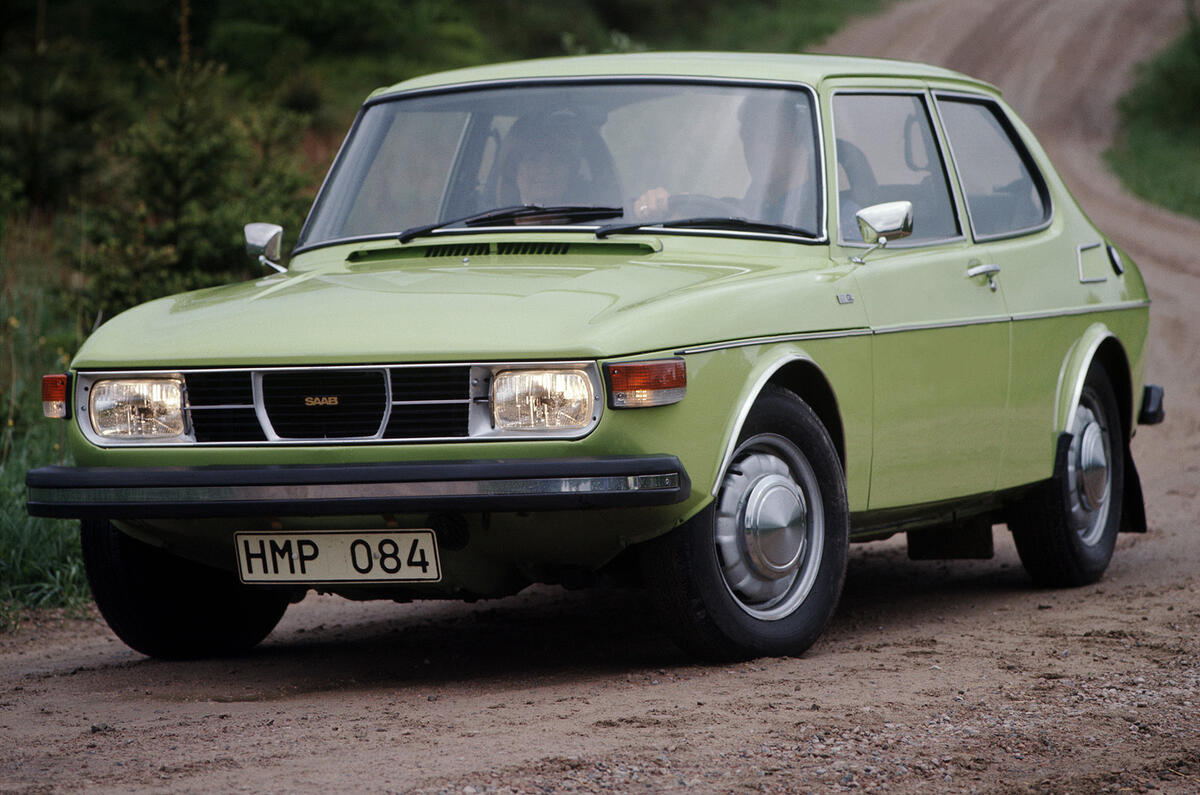
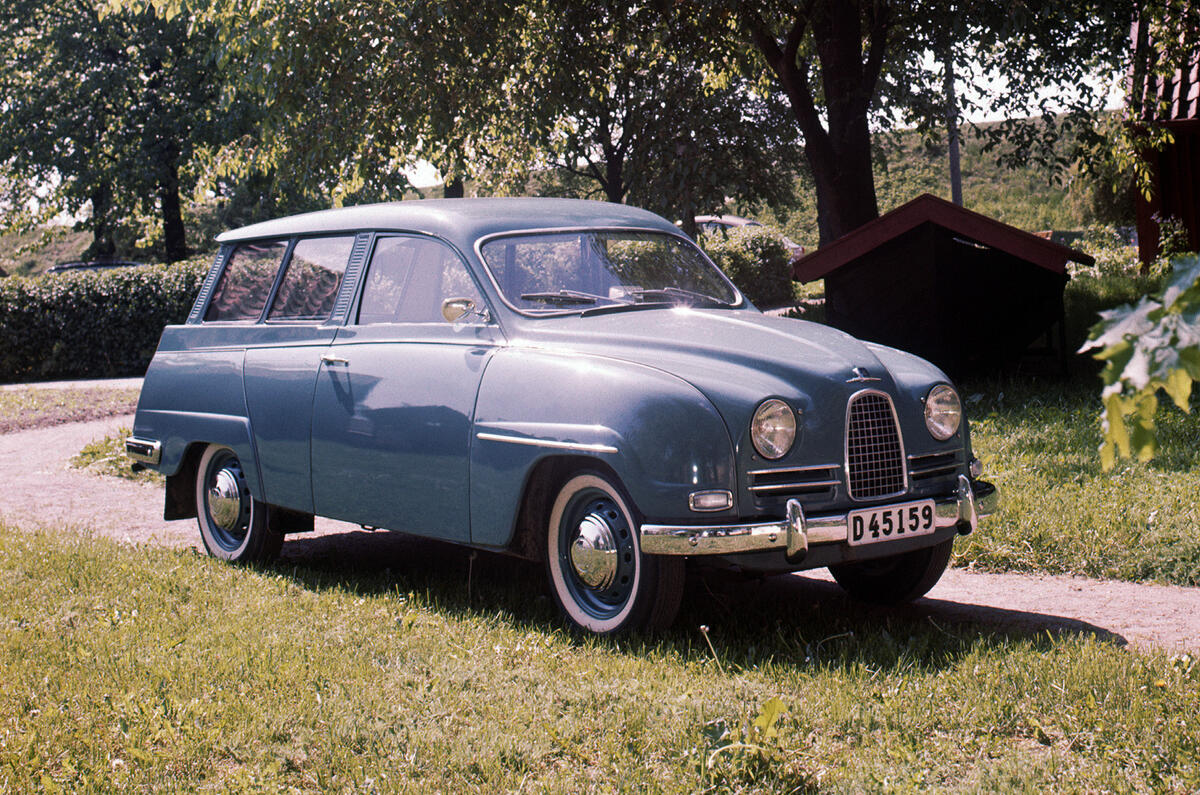
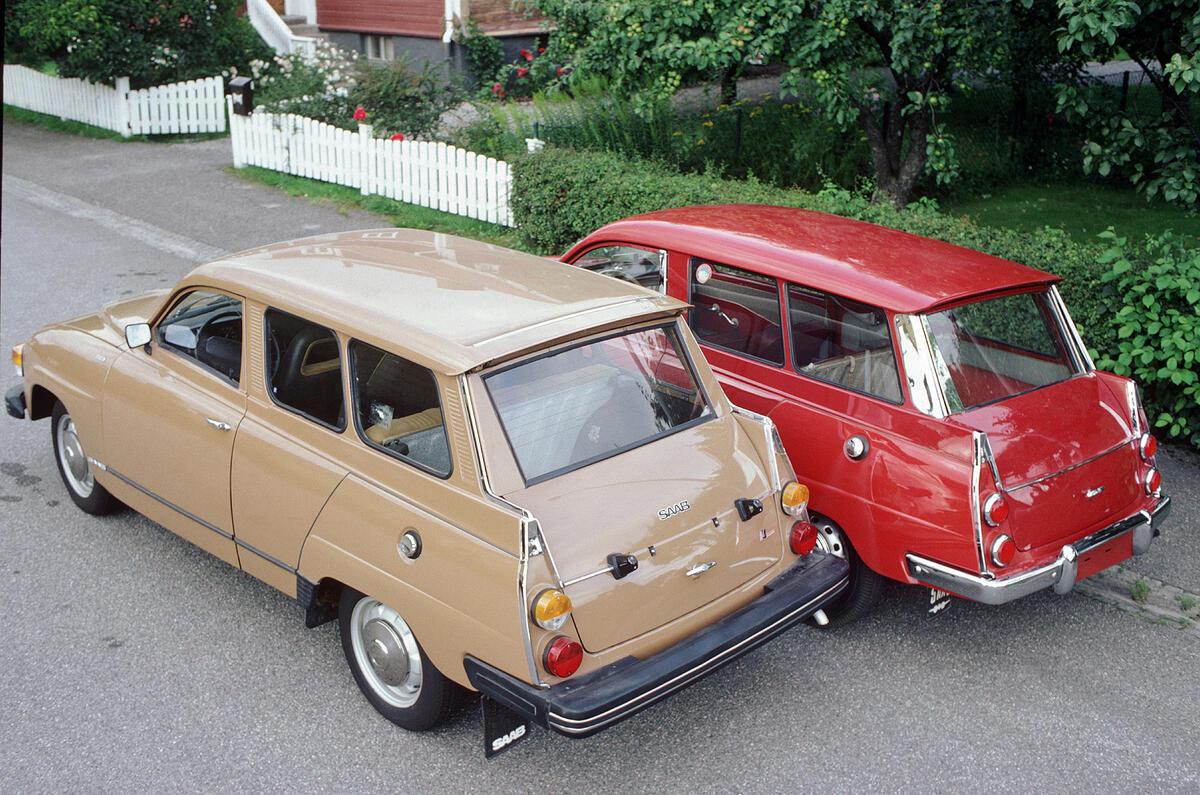
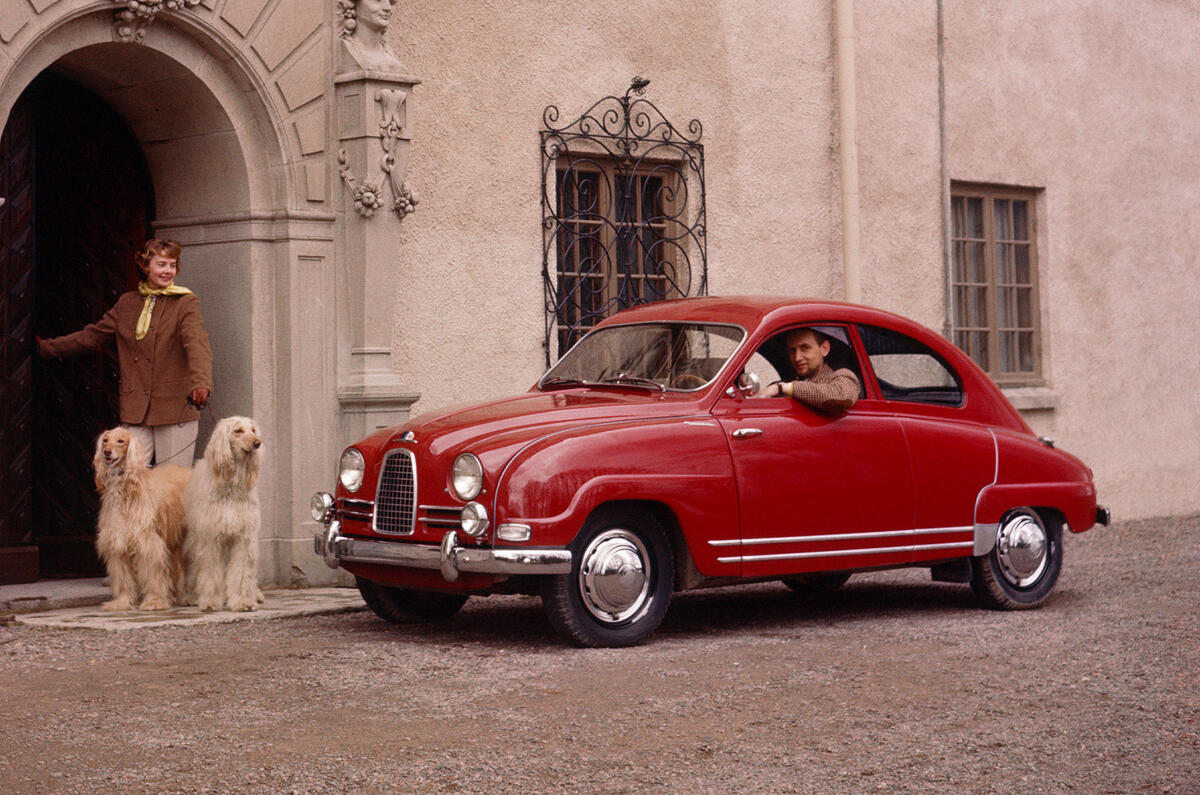
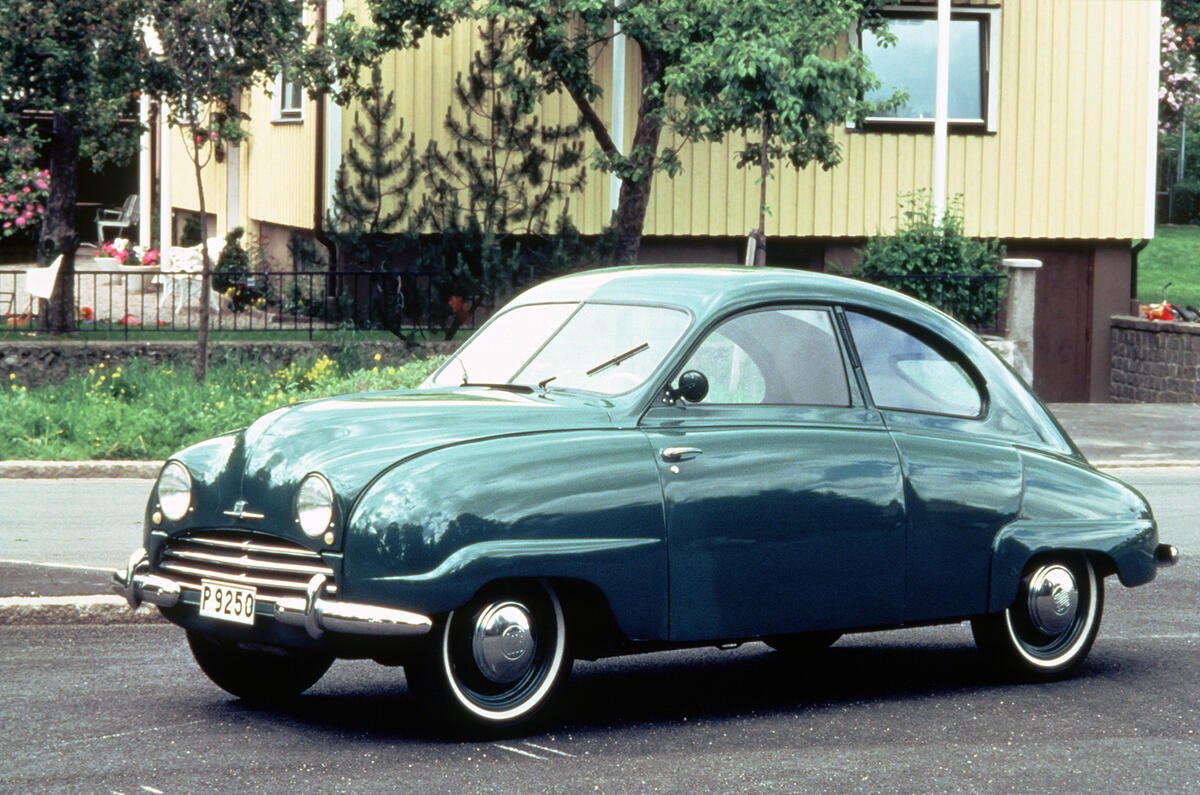
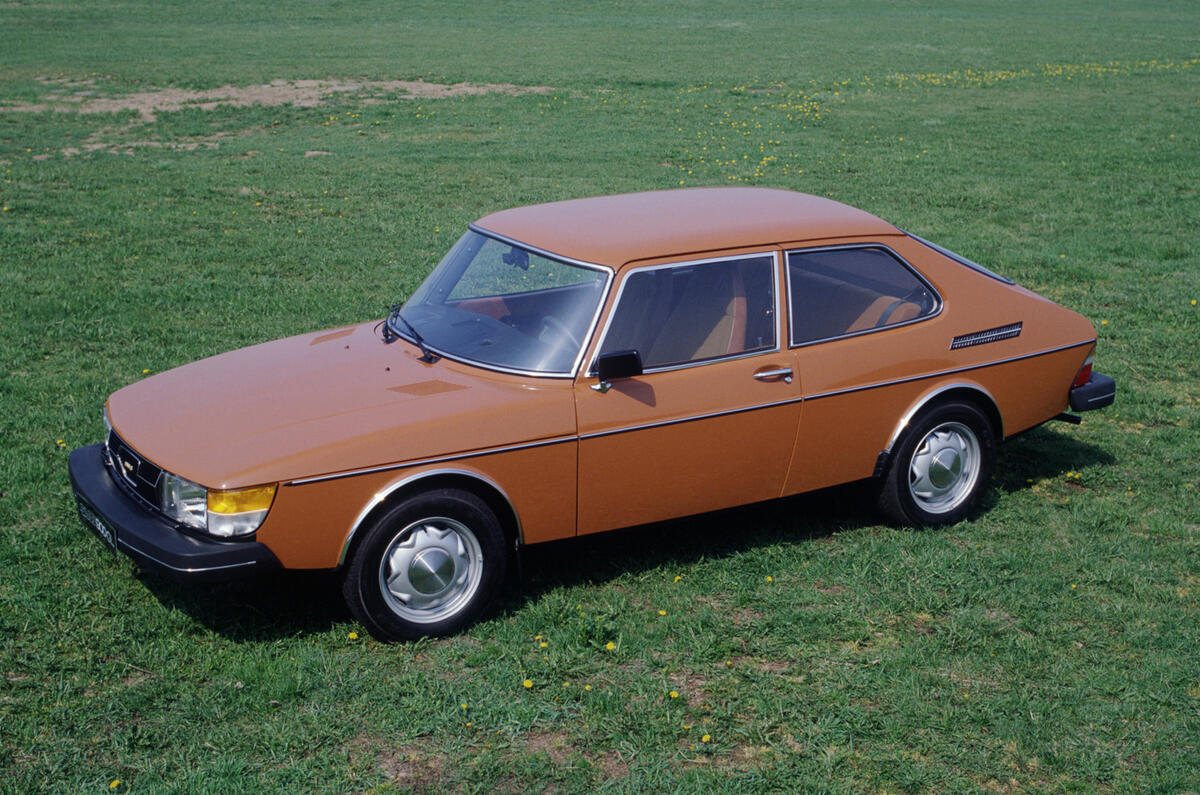
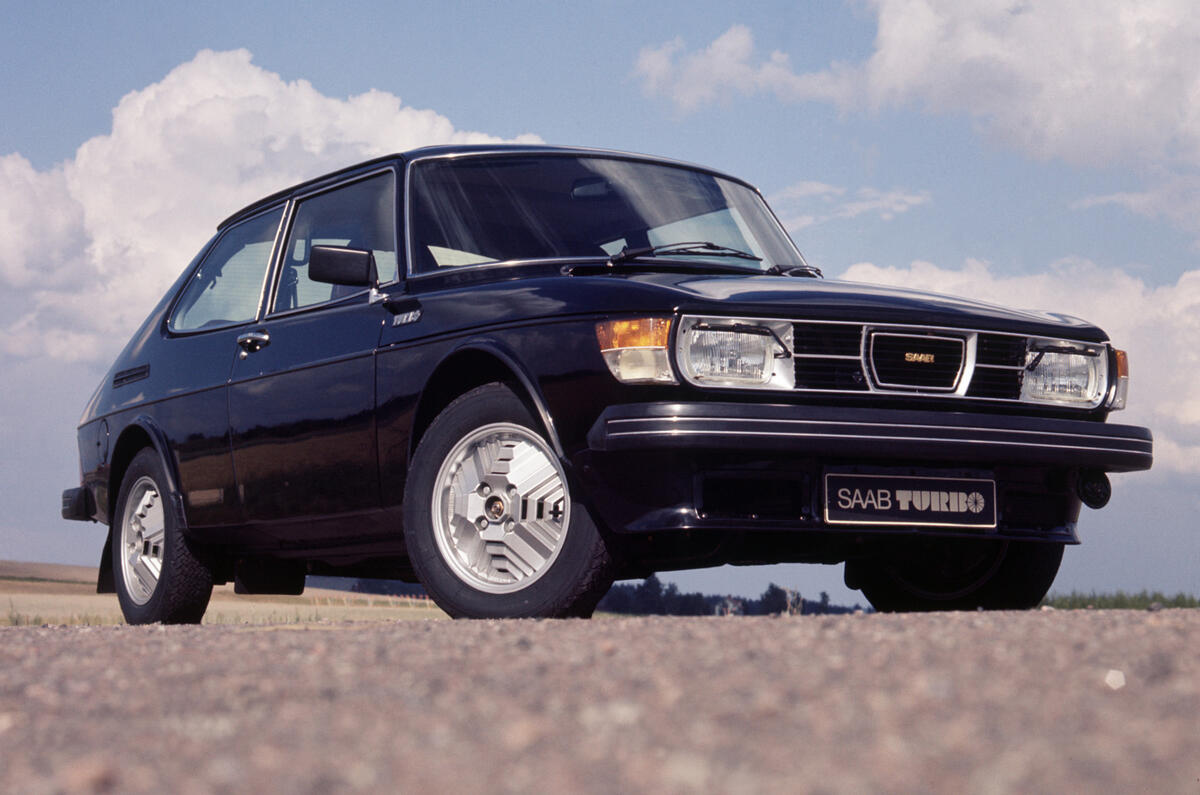
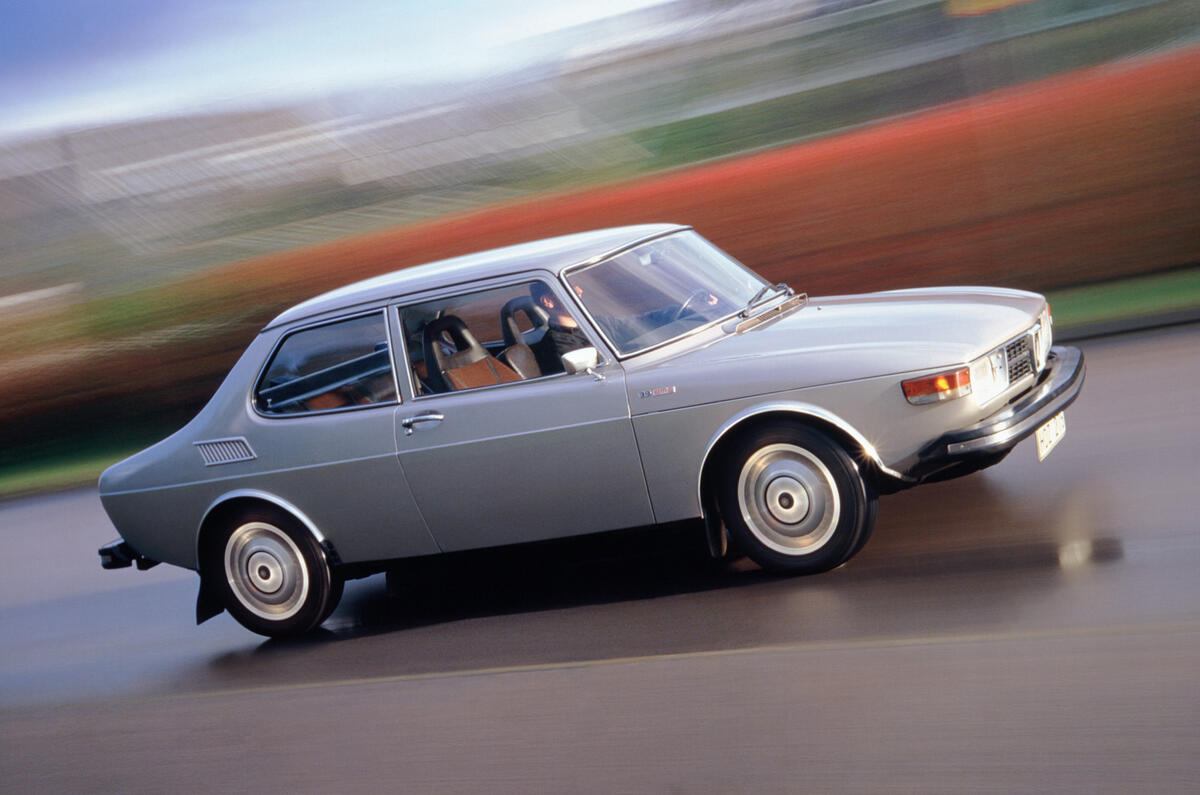
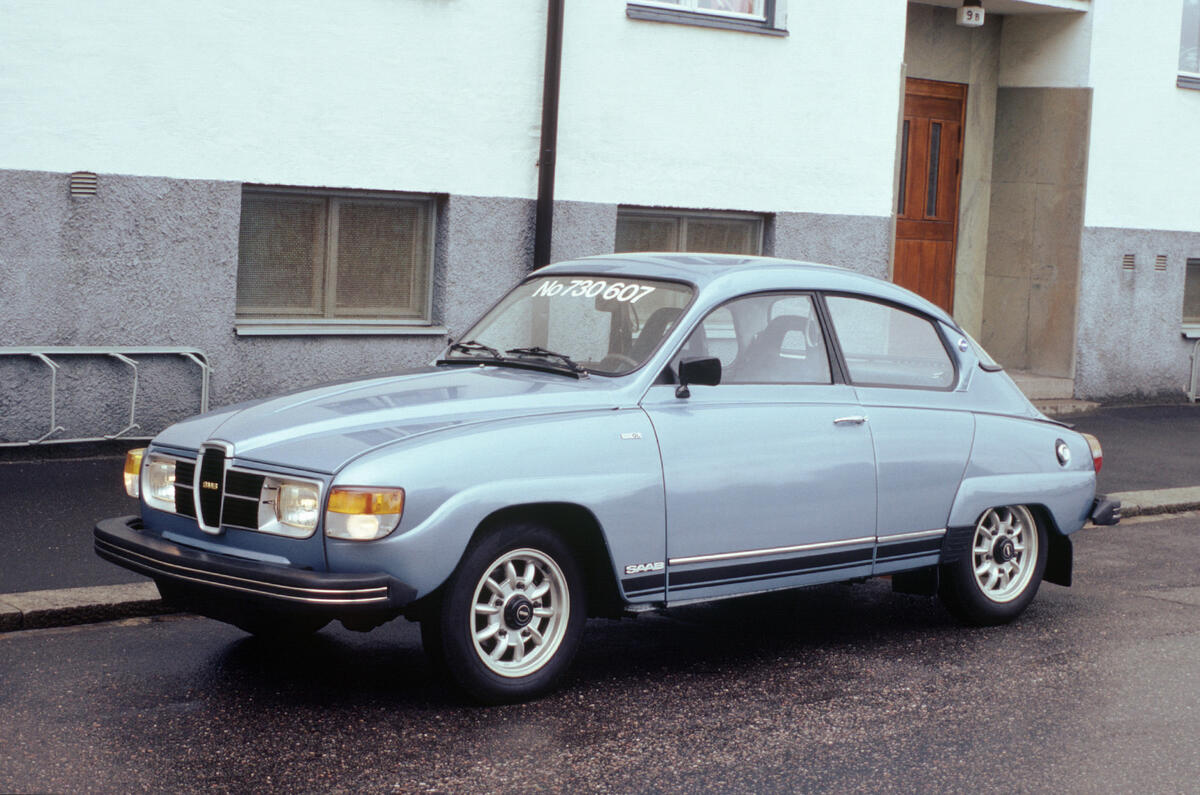
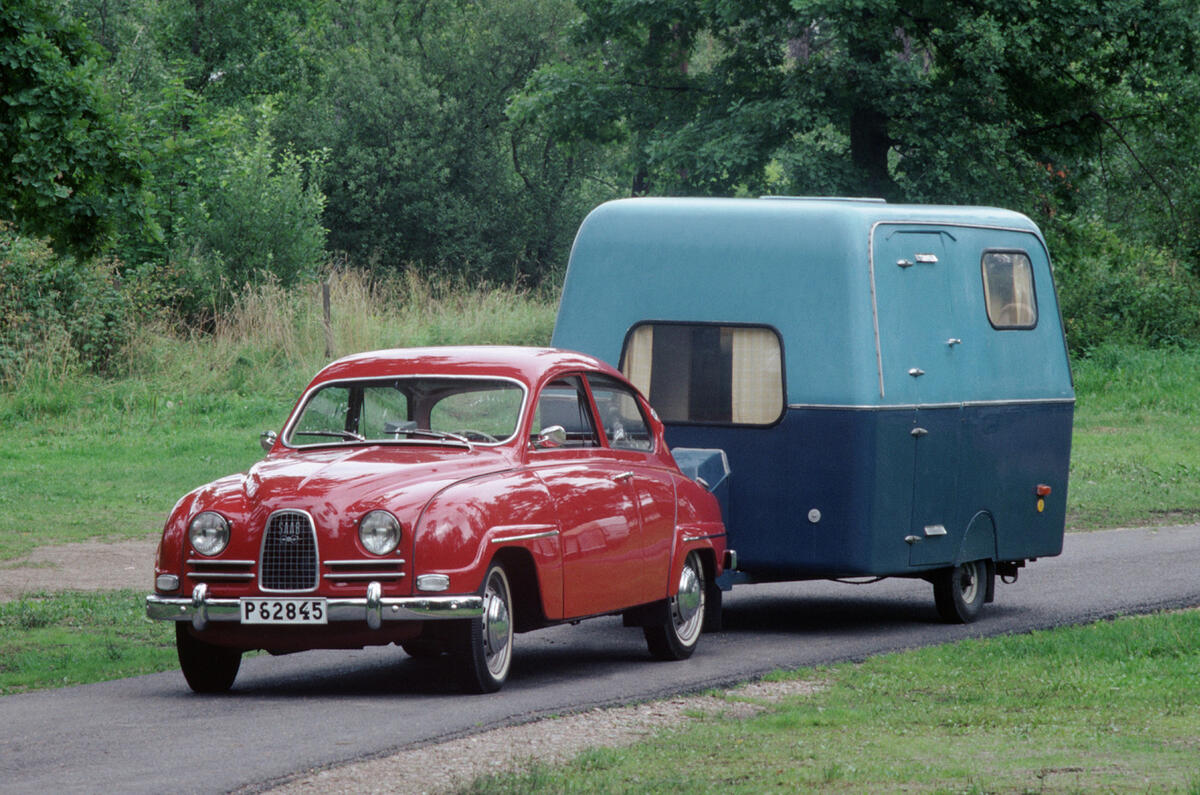

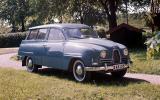

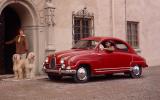
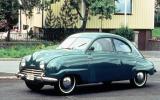
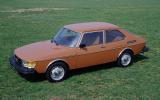
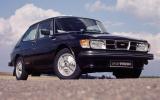
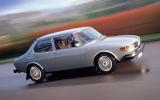
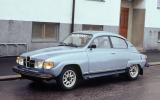
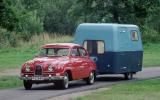


Add your comment